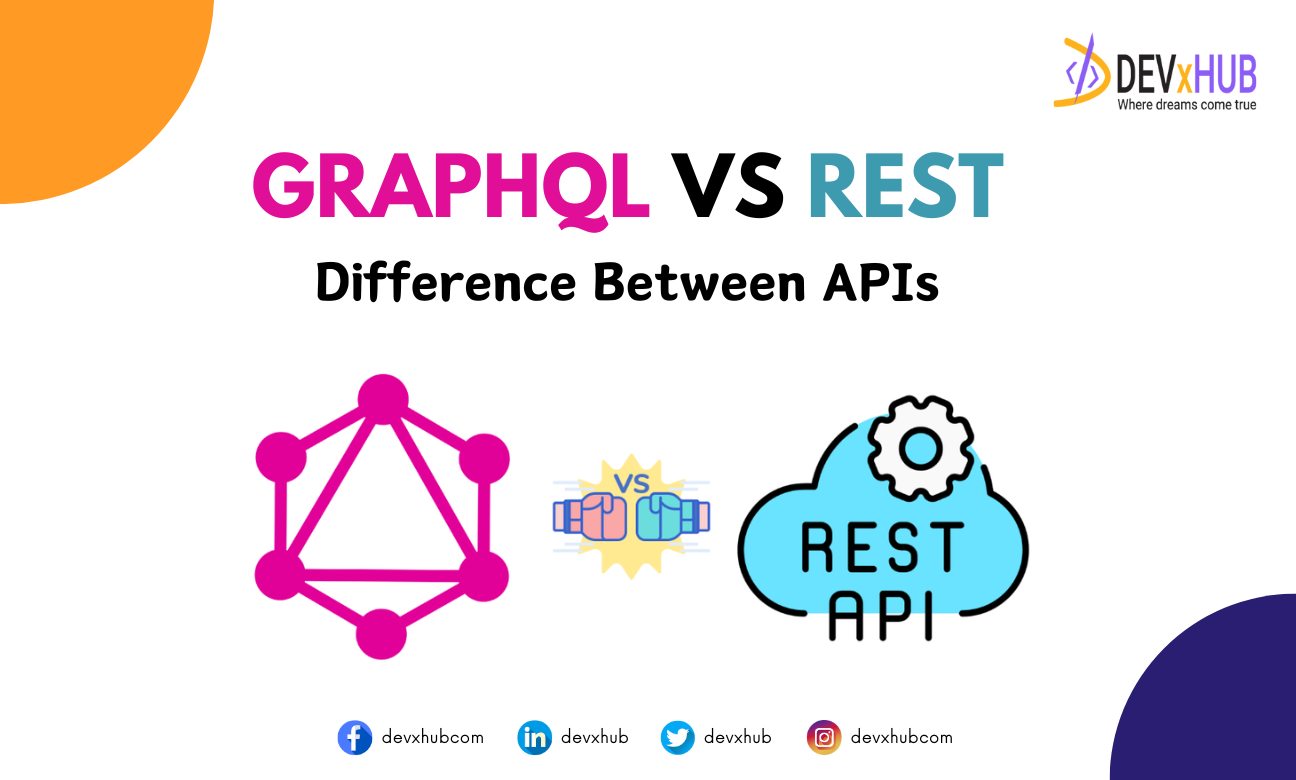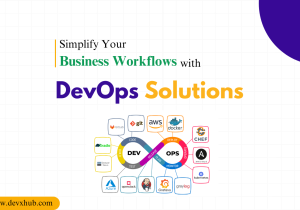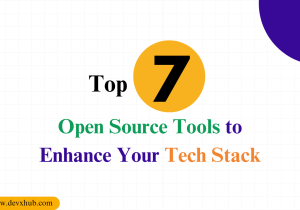Blog - GraphQL vs REST – Difference Between APIs I DEVxHUB
In the world of APIs (Application Programming Interfaces), two names often come up: GraphQL and REST. Both are powerful tools for building web services, but they have different approaches and philosophies. Understanding the differences between GraphQL and REST is crucial for developers when deciding which technology to use for a particular project. This blog will explore the key differences between GraphQL and REST, their respective advantages and disadvantages, and when to use each one.
What is REST?
REST (Representational State Transfer) is an architectural style for designing networked applications. It relies on a stateless, client-server communication protocol, typically HTTP. RESTful APIs use standard HTTP methods such as GET, POST, PUT, DELETE, and PATCH to perform CRUD (Create, Read, Update, Delete) operations.
Key Characteristics of REST
- Resource-Based: REST treats everything as a resource, accessible via a unique URL.
- Stateless: Each request from a client to a server must contain all the information needed to understand and process the request.
- HTTP Methods: Uses standard HTTP methods to perform operations on resources.
- Representation: Resources can be represented in multiple formats, typically JSON or XML.
Advantages of REST
- Simplicity: REST is simple and easy to understand, making it a popular choice for developers.
- Caching: HTTP caching mechanisms can be leveraged to improve performance.
- Scalability: Statelessness and the use of standard protocols make RESTful services scalable.
- Flexibility: Can handle multiple types of calls, return different data formats, and change structurally with the proper implementation.
Disadvantages of REST
- Over-fetching and Under-fetching: Clients might receive more data than needed (over-fetching) or require multiple requests to get all necessary data (under-fetching).
- API Versioning: Managing different versions of the API can be cumbersome.
- Fixed Data Structure: Changes in data requirements can require changes in endpoints or additional endpoints.
What is GraphQL?
GraphQL is a query language for APIs and a runtime for executing those queries by using a type system you define for your data. Developed by Facebook in 2012 and released as open-source in 2015, GraphQL provides a more flexible and efficient alternative to REST.
Key Characteristics of GraphQL
- Client-Specified Queries: Clients specify exactly what data they need, avoiding over-fetching and under-fetching.
- Single Endpoint: All interactions happen through a single endpoint.
- Strongly Typed Schema: Uses a type system to define the structure of the API.
- Introspection: Clients can query the schema to understand the capabilities of the API.
Advantages of GraphQL
- Efficiency: Clients receive exactly the data they request, improving efficiency.
- Flexibility: Easier to evolve APIs without breaking clients.
- Introspection: Self-documenting nature makes it easier for developers to understand and use the API.
- Real-Time Data: Supports subscriptions for real-time updates.
Disadvantages of GraphQL
- Complexity: The flexibility of GraphQL can introduce complexity, especially for simple use cases.
- Caching: Built-in caching mechanisms like HTTP caching are not directly applicable.
- Learning Curve: Requires learning a new query language and understanding its concepts.
- Overhead: Can have a higher initial overhead in terms of development and setup.
Key Differences Between GraphQL and REST
Data Fetching
- REST: Fetches data using multiple endpoints and standard HTTP methods. May lead to over-fetching or under-fetching.
- GraphQL: Fetches data through a single endpoint with a query specifying exactly what is needed. Eliminates over-fetching and under-fetching.
Endpoints
- REST: Multiple endpoints corresponding to different resources.
- GraphQL: A single endpoint handles all operations.
Flexibility
- REST: Less flexible; changes in data requirements often require changes in endpoints or additional endpoints.
- GraphQL: Highly flexible; allows clients to specify exactly what data they need, making it easier to evolve the API.
Versioning
- REST: Typically requires versioning to manage changes in the API.
- GraphQL: Versioning is less of an issue as clients can request exactly the data they need, even as the schema evolves.
Performance
- REST: Can leverage HTTP caching for performance optimization.
- GraphQL: Requires different caching strategies as standard HTTP caching is not directly applicable.
Learning Curve
- REST: Easier to learn and implement, especially for developers familiar with HTTP and web services.
- GraphQL: Requires learning a new query language and understanding its type system.
When to Use REST
- Simplicity: When you need a simple, easy-to-implement API for basic CRUD operations.
- Caching: When HTTP caching mechanisms are critical for performance.
- Legacy Systems: When integrating with existing systems that already use REST.
When to Use GraphQL
- Flexibility and Efficiency: When you need to provide clients with the ability to request exactly the data they need.
- Complex Data Requirements: When dealing with complex data structures and relationships.
- Real-Time Updates: When real-time data updates are required.
Conclusion
Both GraphQL and REST have their own strengths and weaknesses, and the choice between them depends on the specific needs of your project. REST offers simplicity and scalability with standard HTTP mechanisms, while GraphQL provides flexibility and efficiency with a more modern approach to data fetching. Understanding the key differences and advantages of each can help you make an informed decision and build better APIs.
Related Posts
Categories
- App Development (2)
- Design (2)
- DEVxHUB (30)
- Digital Marketing (2)
- Guide (24)
- It Bangladesh (1)
- Logo design (1)
- Operating system (1)
- Personal Improvement (14)
- Planning (4)
- Project management (3)
- Social media (2)
- Software Development (5)
- Software Quality Assurance (8)
- Startups (1)
- Team work (1)
- UI UX (1)
- Web Development (6)
Main Tags
- 2024
- Android
- app development
- bangladesh
- content writing
- design
- devxhub
- Digital marketing
- Guide
- IOS
- It
- logo design
- Operating system
- Personal Improvement
- planning
- project management
- social media
- Software Development
- Software Quality Assurance
- software testing
- software testing types
- Startups
- Success
- team
- UI UX
- UI UX design
- VR
- Web Development















